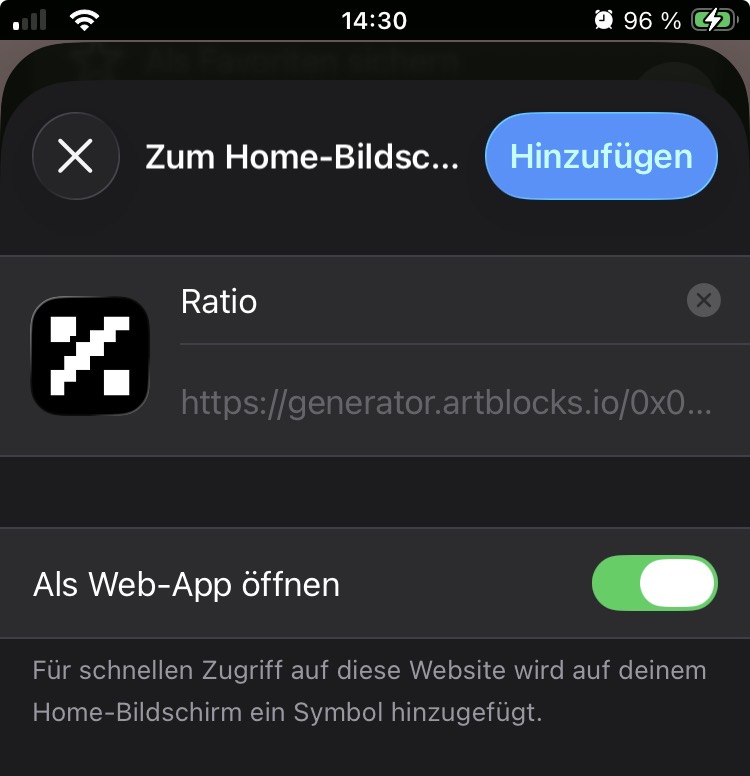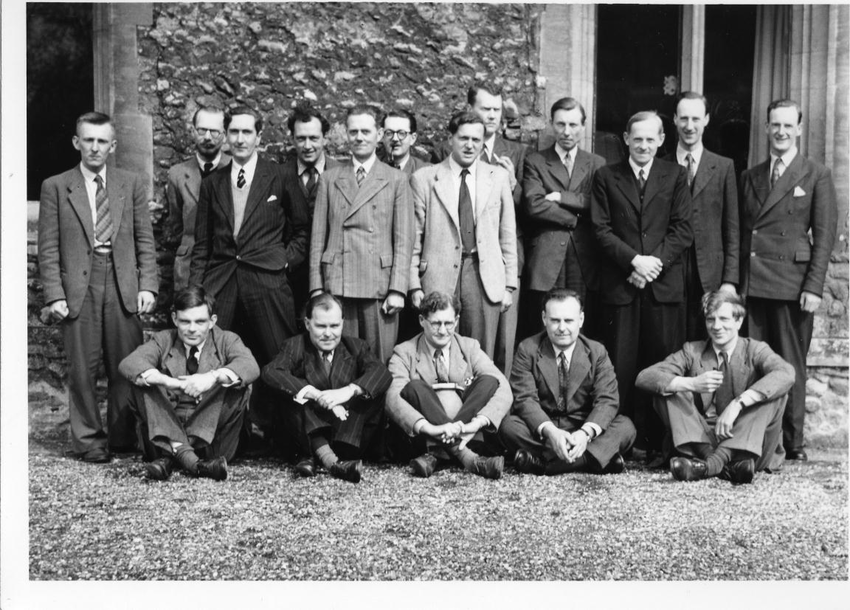Ratio is a generative artwork that explores the aesthetics of division, balance, and rhythm of a canvas. The piece continuously divides its surface into distinct sections, each running autonomous calculations that manifest as shifting patterns — sometimes calm and meditative, sometimes erratic and overflowing — before returning to order.
The work draws on the Latin ratio (meaning computation, reasoning, and proportion) while echoing inquiries of early cyberneticists in the 1940s and 50s. Ratio (as a system) has a systematic approach that weighs the balance between random values by dropping them into their places at specific beats and leaving the viewer to contemplate whether the evolving structures feel right or not.
Part of Responsive Dreams 2025 Festival by The Generative Art Museum
19/20/21 September 2025
Nau Dents de Serra, Roca Umbert Fàbrica de les Arts, Granollers, Barcelona
More info: https://www.responsivedreams.com/2025
Progressive Web App
You can add your Ratio easily to your iOS or Android home screen as an App and enjoy it from anywhee.
iOS – Adding a PWA to your Home Screen
- 1. Open a Ratio in Safari.
- 2. Tap the Share button (the square with an arrow pointing up ⬆️) at the bottom of the screen.
- 3. Scroll down in the share sheet and tap Add to Home Screen.
- 4. Optionally, edit the name (e.g., “Ratio”) and tap Add.

Android – Adding a PWA to your Home Screen
- 1. Open the website in Chrome.
- 2. Tap the menu button (three dots ⋮) in the top-right corner.
- 3. Look for “Add to Home screen” and tap it.
- 4. Optionally, edit the name (e.g., “Ratio”) and tap Add.
CONTROLS
- [f] To enter fullscreen mode
- [spacebar] Play or pause the animation
- [s] Export current frame as a PNG
- [g] Capture a small GIF

The Ratio Club, founded in 1949, was an informal British dining society that brought together a unique mix of young professionals from diverse disciplines—psychiatrists, psychologists, physiologists, mathematicians, and engineers—who shared a keen interest in understanding the emerging field of cybernetics. The club was named after the Latin word ratio, meaning “reason” or “calculation,” reflecting its focus on the study of feedback, control systems, and information processing in both biological and mechanical contexts. Meetings were typically held monthly in London, often over dinner, where members would present papers, discuss recent scientific developments, and debate ideas in a collaborative, interdisciplinary atmosphere. The Ratio Club was instrumental in fostering early British cybernetics, particularly by promoting dialogue between the sciences of mind and machine at a time when such cross-disciplinary interaction was rare.
Many of the club’s members went on to have significant influence in their respective fields. Figures such as W. Ross Ashby, Grey Walter, Alan Turing and Horace Barlow were central to discussions about neural networks, brain function, and feedback mechanisms, shaping early ideas in systems theory and artificial intelligence. The informal setting encouraged free-flowing conversation and experimental thinking, which allowed members to explore speculative and theoretical concepts without the constraints of formal academia. Although the club dissolved in 1958, its impact persisted, as the ideas and collaborations that emerged helped lay the groundwork for modern cognitive science, computational neuroscience, and AI research, bridging the gap between human and machine understanding in an era of rapid scientific change.























































